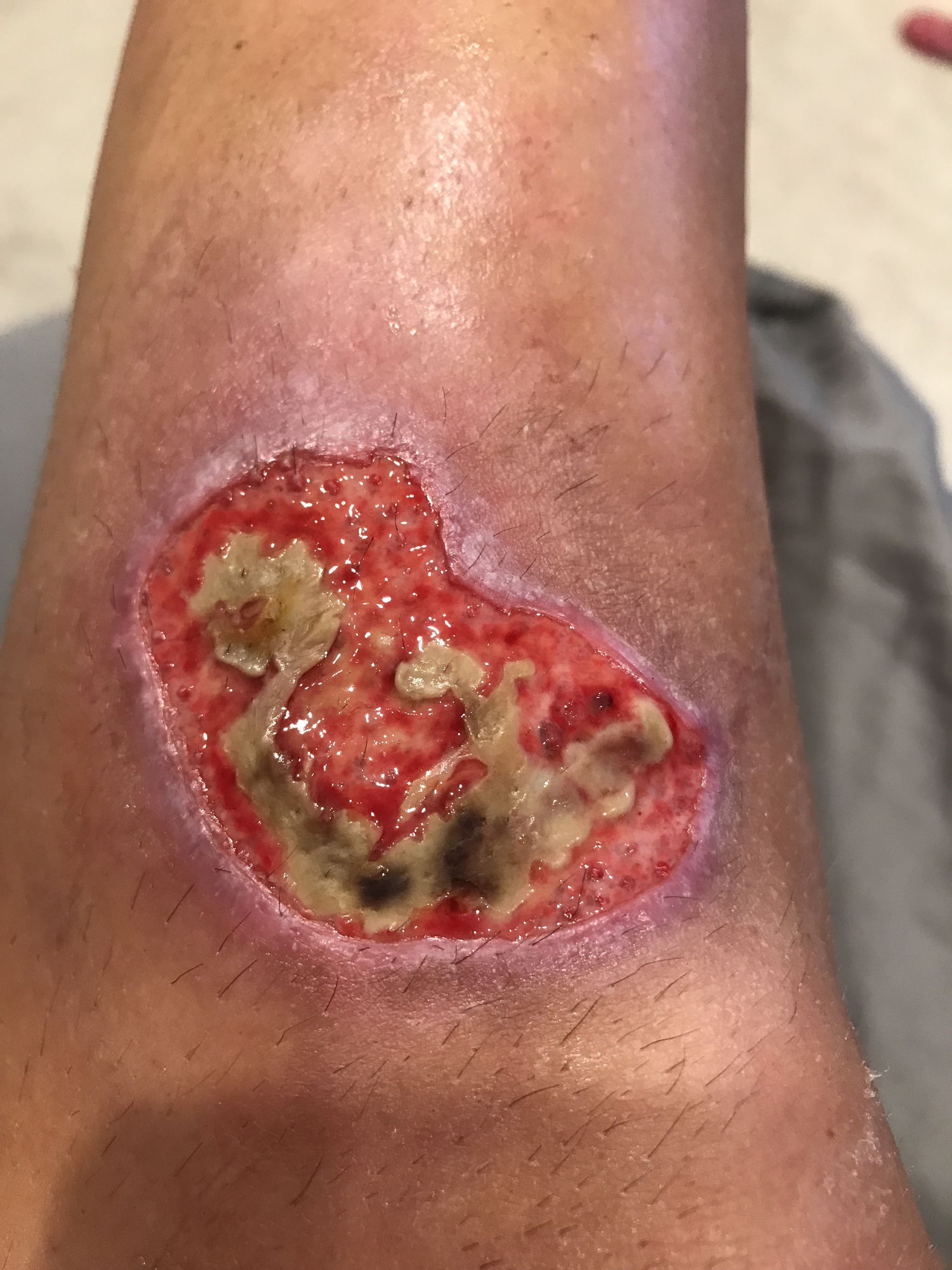
This exposes the underlying layers of fat and muscle. Third-degree road rash is the most severe case when the dermis or second layer gets peeled away. With the underlying layer exposed, the body is more susceptible to infection that could cause complications and diseases. Second-degree road rash is when the epidermis, or top layer of the skin, is torn, resulting in a deep cut or laceration. It can result in reddened skin and temporary scarring that should heal over time with proper treatment. These include scrapes, scratches, and other minor superficial injuries like “raspberries”. These are the three degrees of road rash injury, from least to most severe:įirst-degree road rash is cases that affect only the top skin layer. The medical community rates road rash severity by degree, just like skin burns.

While the majority (over 17,000) were recorded as slight injuries, about 2,000 cases required acute care or rehabilitation, and 400 resulted in death. And one of the most common injuries is road rash.īased on the most recent study from the National Trauma Data Bank for this type of motorcycle injury, there were a little over 20,400 reported road rash cases in 2013. Click here to speak with one of our attorneys.Īccording to the National Highway Traffic Safety Administration, motorcycle riders are 5x more likely to be injured in a road accident than motorists in an enclosed vehicle. before diving into this guide, it’s important that we encourage you to seek legal advice if you’ve been involved in a motorcycle accident. We’re always here to help you in the best way that we can. How to Treat Road Rash from Motorcycle Accident


 0 kommentar(er)
0 kommentar(er)
